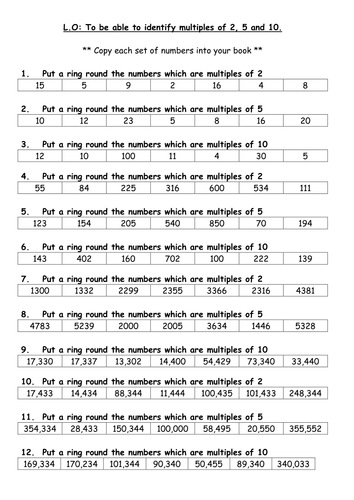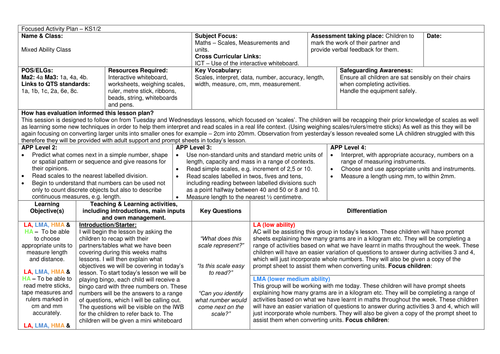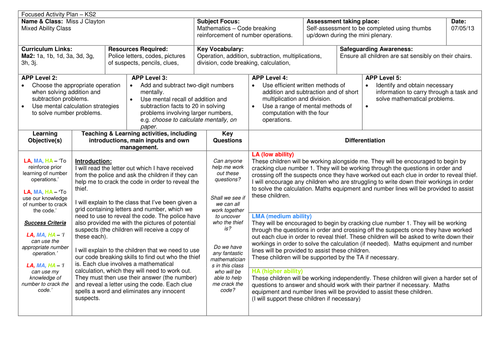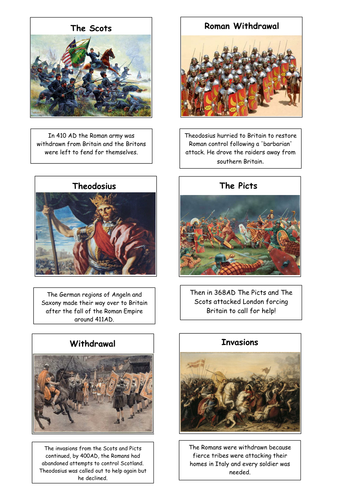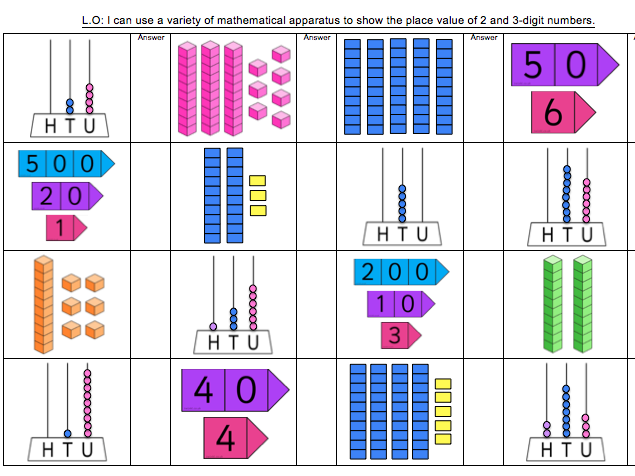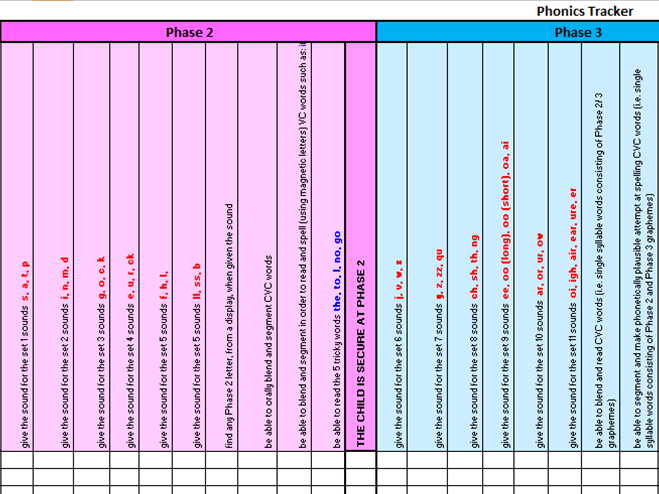
39Uploads
462k+Views
417k+Downloads
All resources

Multiples and Factors UKS2 PowerPoint and Differentiated Activities
This is a collection of work based on Multiples, Factors and Squared Numbers. There is a detailed PowerPoint, which I used over 2 weeks and a range of worksheets and differentiated activities to complete.

Measurement, Scales, Missing Intervals, Converting Measures - KS2
Learning Objectives:
To be able to choose appropriate units to measure length and distance.
To be able to read metre sticks, tape measures and rulers marked in cm and mm accurately.
To be able to make sensible estimates of length in everyday contexts.
To be able to know how many millimetres there are in a centimetre or metre, and how many metres there are in a kilometre.
To be able to interpret a reading between two unnumbered divisions on a scale.
This lesson was an observation lesson and is based on a round robin of 4 activities (which could be spilt up into 4 lessons) used within a KS2 maths lesson. The activity was differentiated amongst 4 groups. LA-red, MA-blue, HMA-orange, HA-green. Children had to work out the missing intervals and complete each activity. A very detailed lesson plan (from my observation) has been attached and I have also attached the lesson expectations for each group to display on their tables to ensure they have met the learning objectives by the end of the lesson. Additionally, there is a game of Bingo whereby the children have to convert measurements. Each activity was set up on a different table and the children were given 10 minutes at each station.

Amazing Code Breaking, Problem Solving Ofsted Maths Lesson!
I created this code breaking maths lesson for an Ofsted observation. The children thoroughly enjoyed it and had so much fun (whilst still learning).
The children are told that they have been selected by the local police to solve a crime. Unfortunately, all of the money from the school office has been stolen and an artist impression of the suspects has been provided. The children must crack the secret police codes to elimate the innocent suspects (cross them off) and reveal the final two suspects. Once this has been completed the last clue is placed on the IWB. Children get a reward for helping the police!
I have differentiated the 4 ways questions (HIPPO - the highest, MOUSE - the second highest, HA - third highest, LA - lowest) but they could be adapted to any year group! I have also included the lesson plan and PowerPoint to help clarify the task. Enjoy!
1st answer = MAN
2nd answer = HAT
3rd answer = BEARD
4th answer = GLASSES
5th answer = MOUSTACHE
6th answer = GINER
2 SUSPECTS LEFT = Kenny and Eric
THIEF IS = KENNY
*PLEASE NOTE I HAVE ADDED 2 ADDITIONAL DIFFERENTIATED SHEETS AND A POWERPOINT*

Invaders and Settlers - The Picts, Scots, Anglo-Saxons - The Roman Withdrawal From Britain
KS2 History - The Fall of the Roman Empire. Why did it happen? Children learn about the invasions of the Scots, Picts and Anglo-Saxons on a PowerPoint, which has additional tasks to complete. Children then have to create a timeline of events, which has been differentiated three ways (LA, MA, HA). LA - children to simply cut out, order the events based on dates and then stick them down. MA - Children have been provided with all of the images and information, however they have been mixed up - these children must cut out all of the images and information separately and match them together. HA - These children have been given all of the images and dates, however they need to come up with their own captions to explain each event.

KS1 Place Value Unit of Work
I created these visual activities to reinforce Place Value in KS1. There is 3 lessons worth of interactive Place Value activities. The children found the visual resources really engaging and enjoyed completing them. Each activity has been differentiated 3 ways.

Phonics Tracker and Assessment
These resources were created to enable us to track the children’s progress in phonics, from Reception - Year Three. It provides a comprehensive word document, which is highlighted each term to assess the children’s understanding from Phase 2 - 5 phonics, in both reading and writing. Along with this, the Excel document contains a tracker, which has specifically formulas that calculate the percentage of pupils secure in each phase, each term. Once you have assessed the children, use the drop-down option in each cell, to select one of the options to indicate when a child has achieved each skill, within each phase (see key for guidance). This will need to be completed in Autumn, Spring and Summer and will be passed onto the next class teacher at the end of the year. This is a working document which will continue with the class as they transition through school. The intention is to use this tracker to identify gaps, particular sounds or tricky words that the children are struggling with.
There is a short set of instructions, however if you have any questions please get back to me in the reviews.

